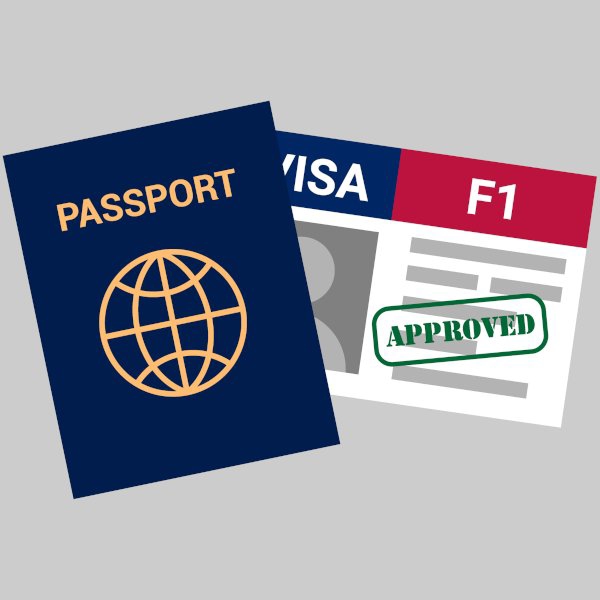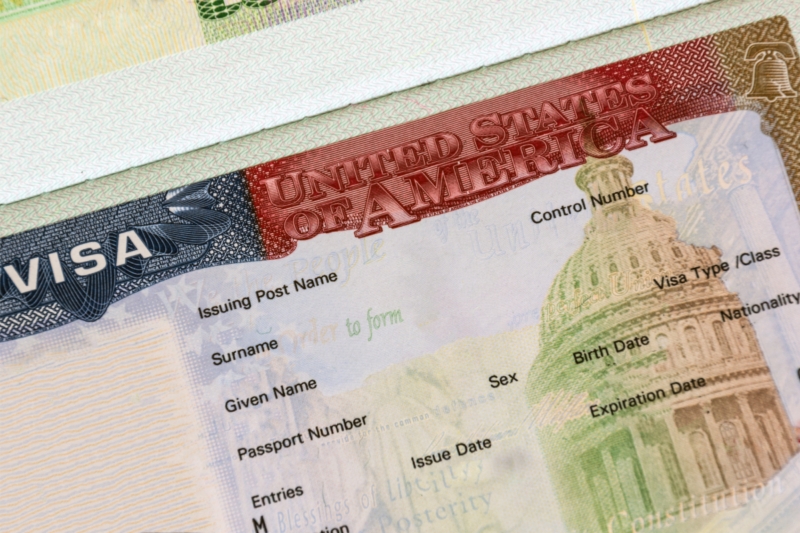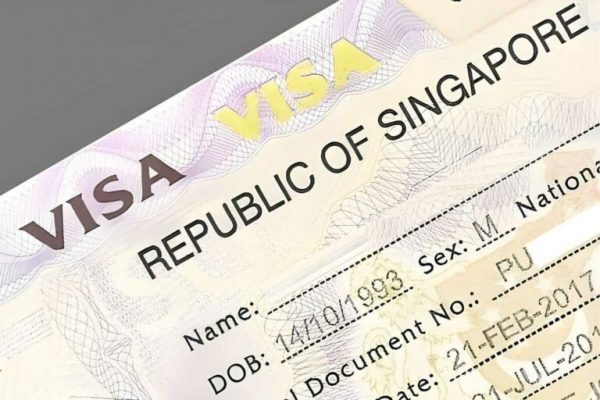Most people think you need a job offer to move to the U.S. I used to think so too until I successfully moved without one. If you’re wondering how to do the same, I’m breaking down my exact process here. This guide is based on real options I used or considered, not theories or shortcuts. If you’re serious about living in the U.S., this can help you move legally, safely, and smartly even with no job lined up.
I Chose a Legal Path That Doesn’t Require a Job Offer
There are several U.S. visa options that don’t depend on a company sponsoring you. These are the ones I researched and considered:
F-1 Student Visa: Study First, Work Later
The student visa lets you enter the U.S. to attend school. You don’t need a job offer, and you can work part-time while studying or full-time after graduation.

What I Did:
- Applied to a U.S. college with SEVP certification
- Got my I-20 form from the school
- Paid the SEVIS fee
- Scheduled and passed my visa interview
- Showed proof I could cover tuition and living costs
Benefits:
- No job needed to apply
- Can work on-campus, and later apply for OPT (Optional Practical Training)
- Good long-term option if you want to stay and build a career
E-2 Investor Visa: Start a Business Instead
If you’re from a treaty country, you can move to the U.S. by investing in a business.
Key Requirements:
- Invest a “substantial” amount (usually $50,000 to $100,000+)
- Start or buy a business that creates U.S. jobs
- Be directly involved in managing the business
What Makes It Work:
- No employer needed
- Fast processing if you’re eligible
- Renewable indefinitely as long as your business runs well
Read: How to Find Jobs in the USA as an International Candidate
Family Sponsorship: Move Through a Close U.S. Relative
You can move if a family member is a U.S. citizen or green card holder.
Eligible Sponsors Include:
- U.S. citizen spouse, parent, or sibling
- Green card holder spouse or unmarried child
Process:
- Family member files Form I-130
- After approval, complete the green card application
- May involve waiting times, depending on the sponsor’s status and your relationship
Why It’s Helpful:
- No need for a job offer
- Leads to permanent residency
Asylum: If You’re Facing Danger in Your Home Country
You can apply for asylum if you fear harm or persecution in your home country.
You Must Show:
- You are already in the U.S.
- You face serious threats based on your race, religion, nationality, political opinion, or group membership
- You apply within 1 year of arrival
Important Tip:
Asylum is serious, only use it if your case is real and provable. Misuse can result in denial and future bans.
Marriage to a U.S. Citizen: Legal Spouse, Legal Path
If you’re in a real relationship with a U.S. citizen and marry them, you can apply for a green card.

What You’ll Need:
- Legal marriage certificate
- Proof your relationship is real (photos, messages, joint bills, etc.)
- Adjustment of status paperwork (Form I-130, I-485)
Benefits:
- Green card in about 10 to 18 months
- No job offer needed
- Legal path with permanent benefits
I Proved I Could Support Myself
If you come to the U.S. without a job, you must prove you won’t become a financial burden.
Documents I Prepared:
- Bank statements showing 6 to 12 months of living expenses
- A sponsor letter from a family member (if applicable)
- Evidence of prepaid tuition (for student visas)
- Scholarship or grant letters
- Proof of income/assets in my home country
Why This Matters:
U.S. immigration officers want to see you’re prepared. Showing enough money gives them confidence you can survive without government help.
Read: How to Ace Interviews for Jobs in the USA: Insights from Recruiters
I Secured a Place to Stay Before Arriving
One of the smartest things I did was arrange housing in advance.
Where I Looked:
- Facebook groups for new arrivals and students
- Craigslist, Zillow, and HotPads (for rental options)
- University dorms or off-campus housing offices
- Community forums and expat groups
What Helped:
- Having a lease agreement or host address to show the embassy
- Paying a deposit upfront to lock in the place
- Choosing housing near public transport and shops
Why It Helps Your Case:
Having a solid housing plan shows that you’re serious, stable, and responsible. It strengthens your visa application.
I Entered Legally and Followed the Rules
Once I got my visa, I followed all rules to stay legal. This is key to building a future in the U.S.
What I Did Right:
- Arrived before my visa expiration date
- Kept all immigration documents in hand at the airport
- Followed my visa conditions (e.g., full-time study, no unauthorized work)
- Reported address changes when required
- Renewed or changed status before expiration
Why It Matters:
Even a small mistake like working without authorization can ruin your future visa chances. Always stay compliant.
I Built a Career from the Ground Up
Even though I didn’t have a job when I arrived, I created opportunities once I settled.
How I Started:
- Took part-time or on-campus jobs (allowed on F-1 visa)
- Applied for internships through my school
- Used LinkedIn to network with U.S. professionals
- Volunteered to gain U.S. work experience
- Built a small portfolio of work (freelance projects, school work, etc.)
Tools That Helped:
- Indeed and Glassdoor
- University career centers
- Local job fairs and meetups
Result:
I gained U.S. experience and eventually found employers open to hiring and sponsoring me.
Read: 10 Fast-Growing Industries Hiring in the USA Right Now
I Transitioned to a Work Visa or Green Card
Once I gained experience and connections, I explored long-term visa options.
H-1B Visa: Sponsored by an Employer

- Requires a bachelor’s degree or higher
- Employer files petition for you
- Limited spots yearly (lottery system)
- Valid for up to 6 years
EB-2/EB-3 Green Card: Employment-Based
- Sponsored by a U.S. company
- Based on your skills and education
- Leads to permanent residency
EB-1 Green Card: No Employer Needed
- For people with extraordinary ability in arts, business, sports, or science
- Can self-petition
- High standard, but no job offer required
Marriage-Based Green Card: Family Route
- I also considered this if I got married to a U.S. citizen
- Fast processing and fewer hurdles
Final Advice for Moving Without a Job Offer
- Know your options: Not every visa needs a job. Pick the one that fits your background and goals.
- Have money saved: You’ll need to show proof of funds and support yourself early on.
- Stay legal: Follow every rule tied to your visa. That’s how you earn trust and unlock more options.
- Be patient and proactive: Build your career slowly, network, and look for smart visa paths as you go.
- Talk to a lawyer if unsure: If your case is complex, consult an immigration attorney for the right advice.
I moved to the U.S. without a job offer, and it wasn’t luck, it was planning. You don’t have to wait for someone to hire you before chasing your dream. There are real, legal paths to live in the U.S., and if you stay prepared and follow the rules, your opportunity will come.


